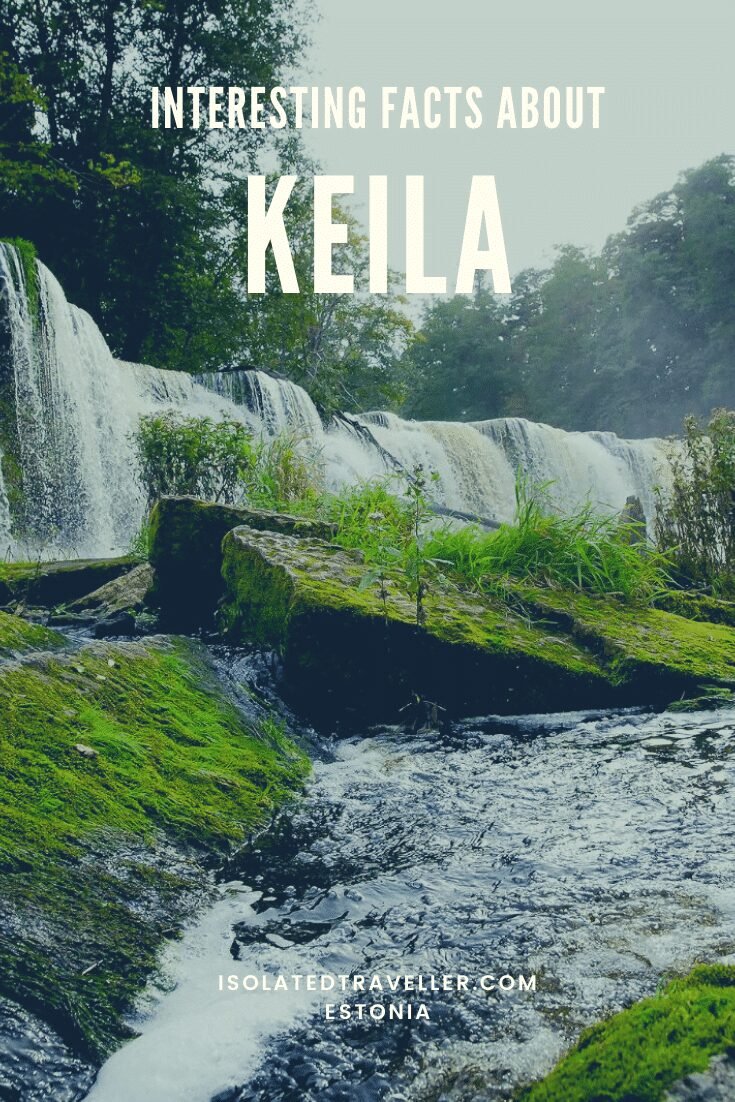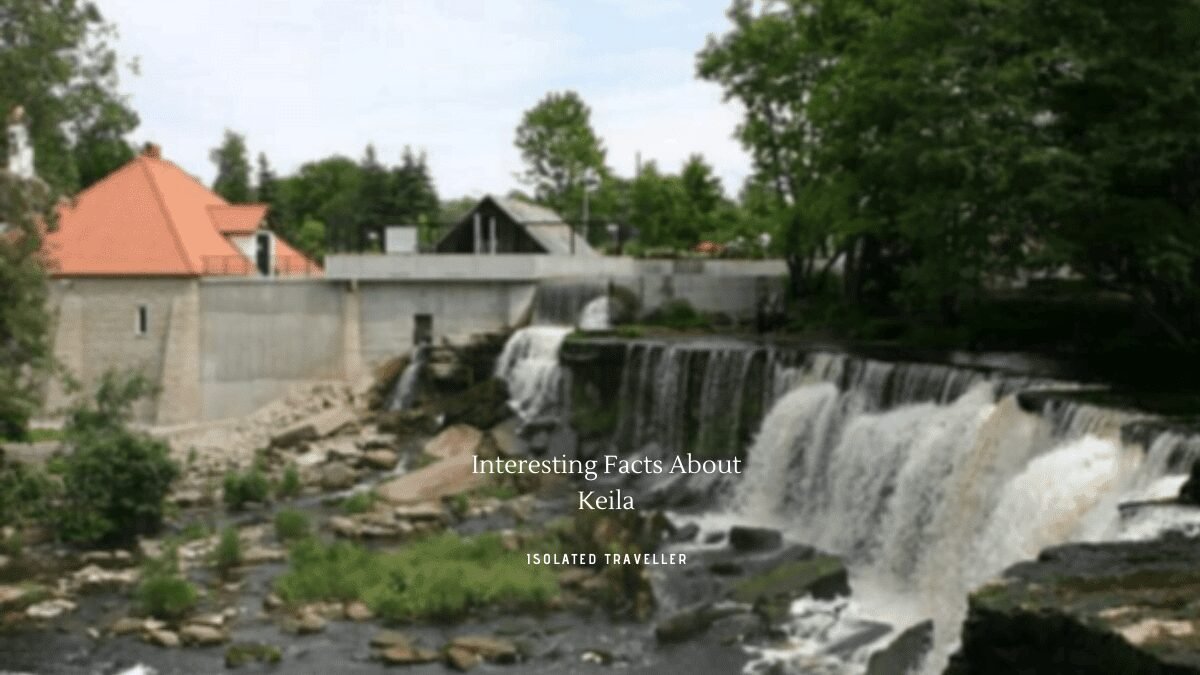Facts About Keila
-
-
The oldest traces of human settlement in Keila trace back 2000 to 3000 years BC.
-
Keila officially became a town on 1 May 1938.
-
Keila is a town and an urban municipality in Harju County in north-western Estonia.
-
454 million-year-old limestone, that can be seen outcropping in the city, is known as Keila stage. This name was given by Carl Friedrich Schmidt to distinguish layer of limestone, that is located between Jõhvi and Vasalemma stage.
-
City is situated largely on a big hill known as Keila hill and on the valley of Keila River. On the westernmost side of Keila there is Niitvälja Bog.
-
Keila is twinned with: Chiatura, Georgia; Nacka, Sweden; Huittinen, Finland; Kerava, Finland; Barsbüttel, Germany; Sigulda, Latvia & Birštonas, Lithuania.
-
The Population of Keila is 9,695, as of 2017.
-
During Soviet times a military base, known as the “Tankipolk”, was built on the outskirts of the town for the housing of soldiers and tanks. The base was demolished a few years after the Soviet army left the country. As of 2009 no more than a few building foundations remain of the base.
-

Other Interesting Facts:
20 Amazing Turin Facts

